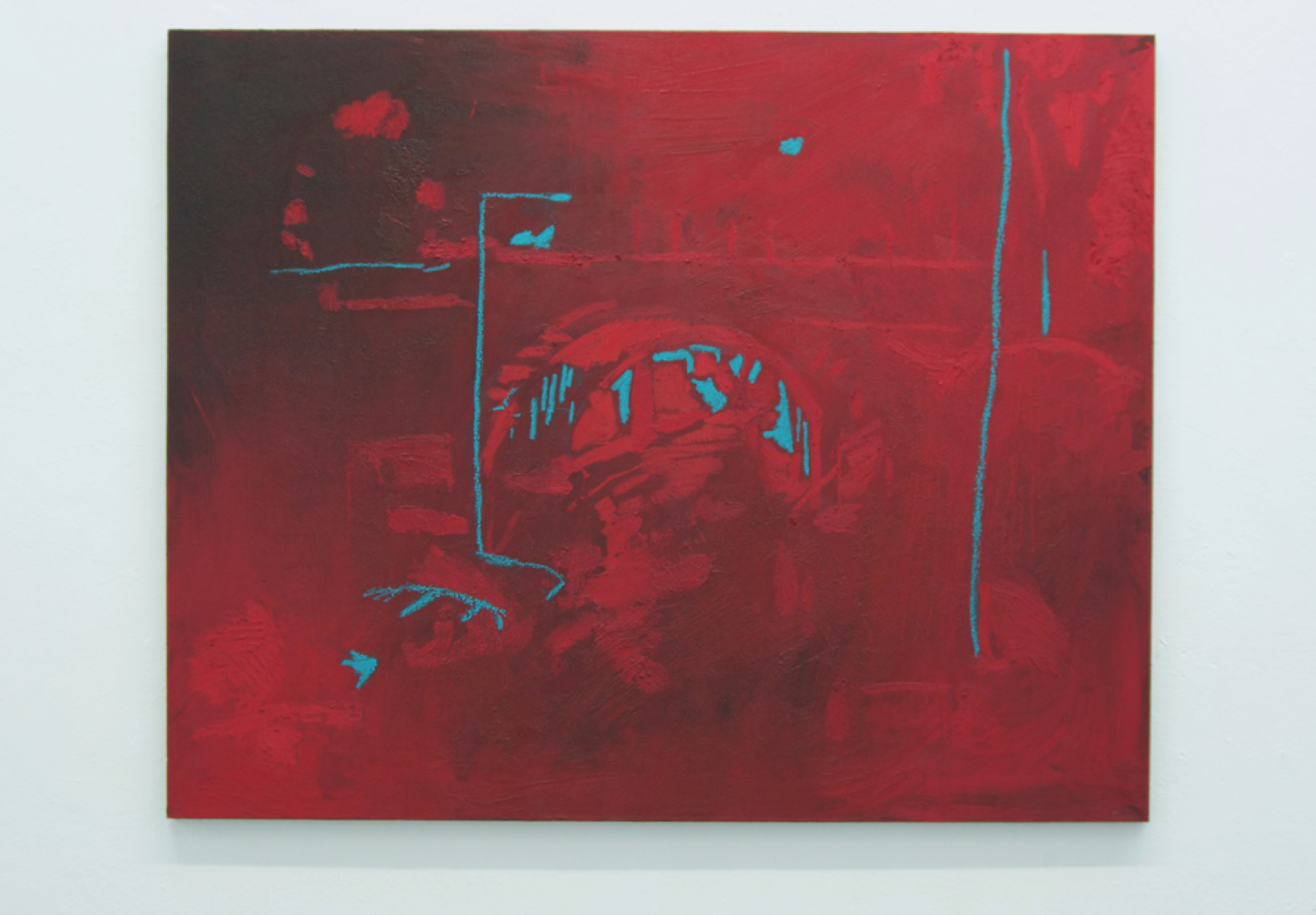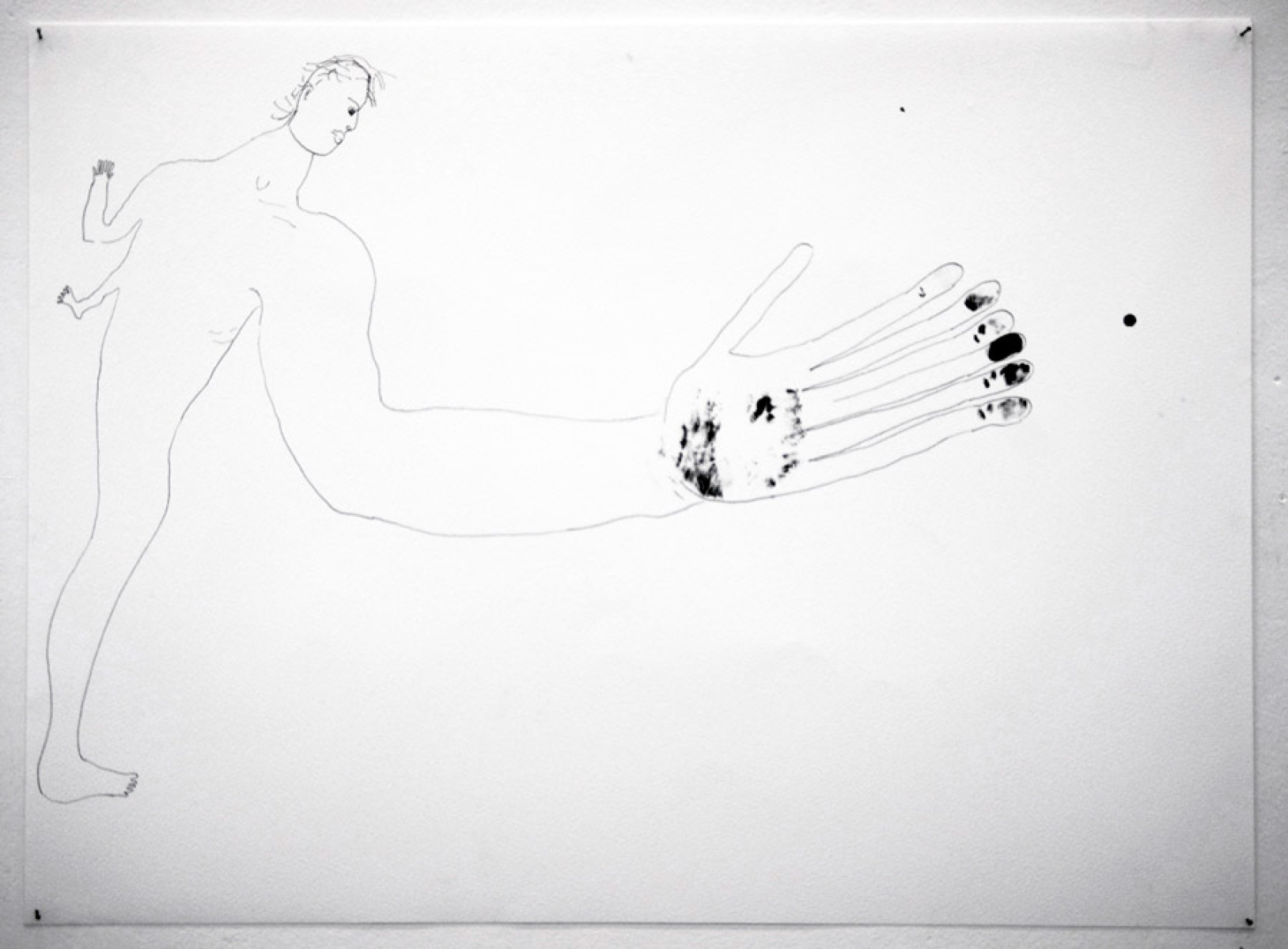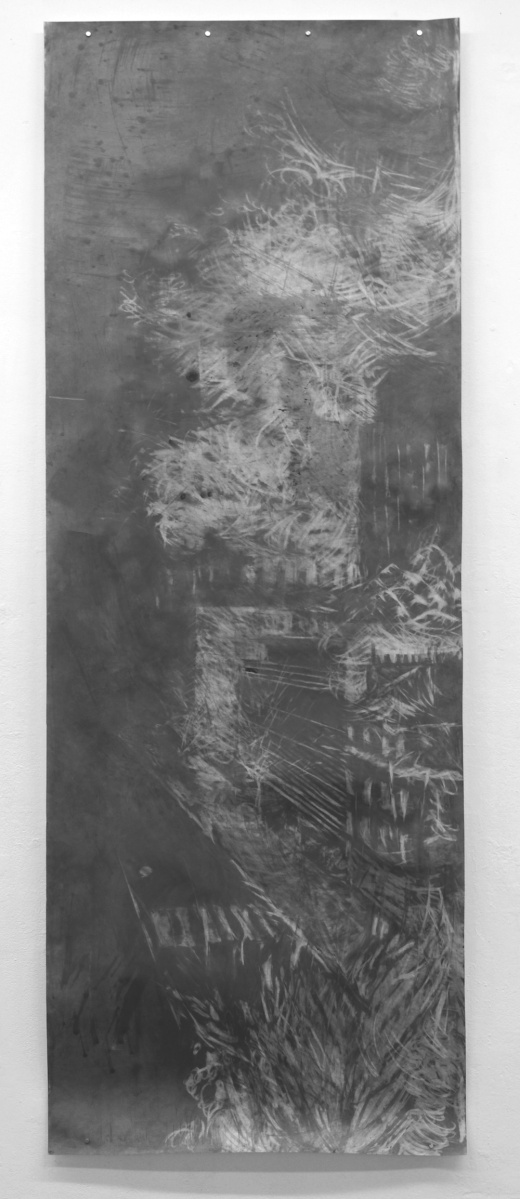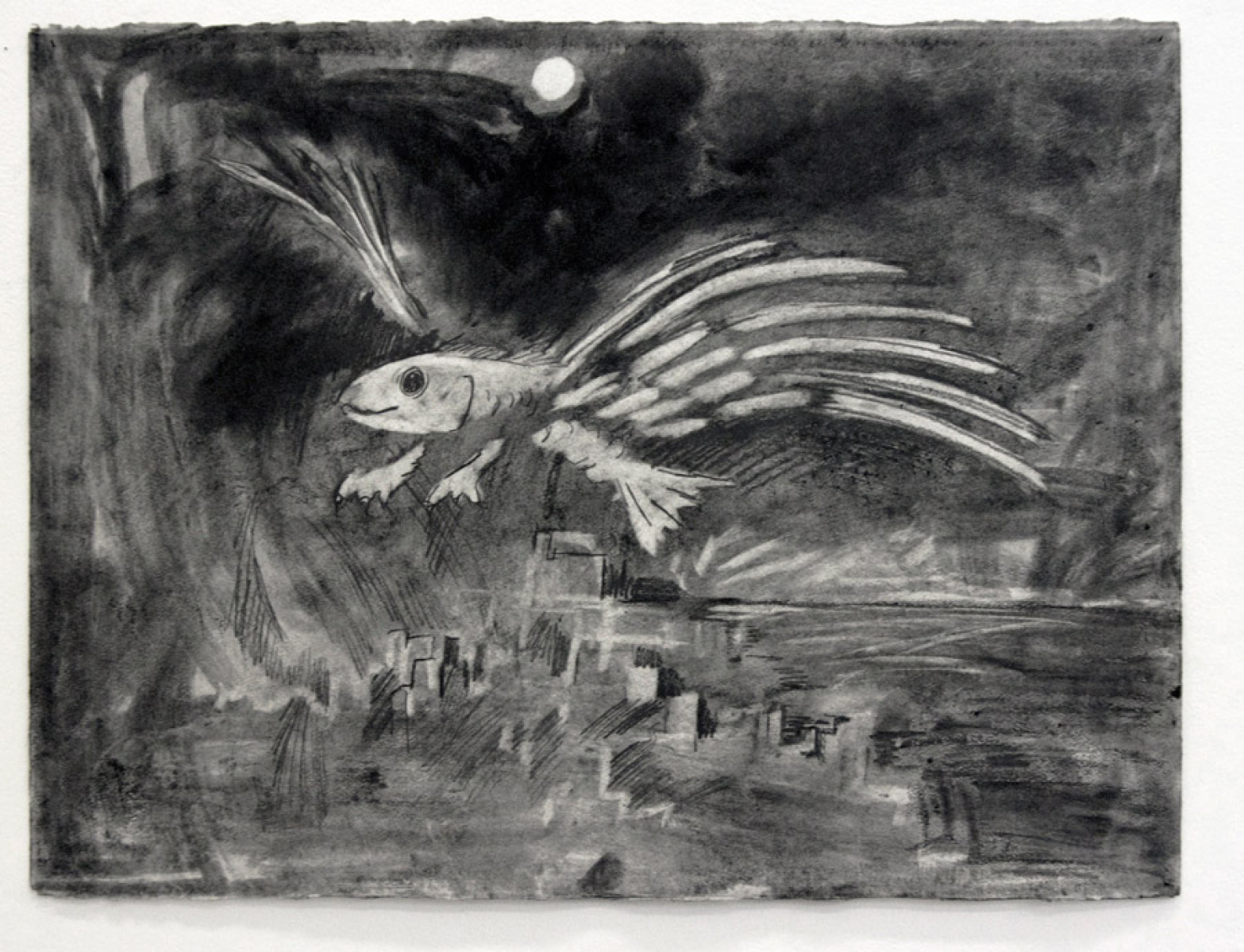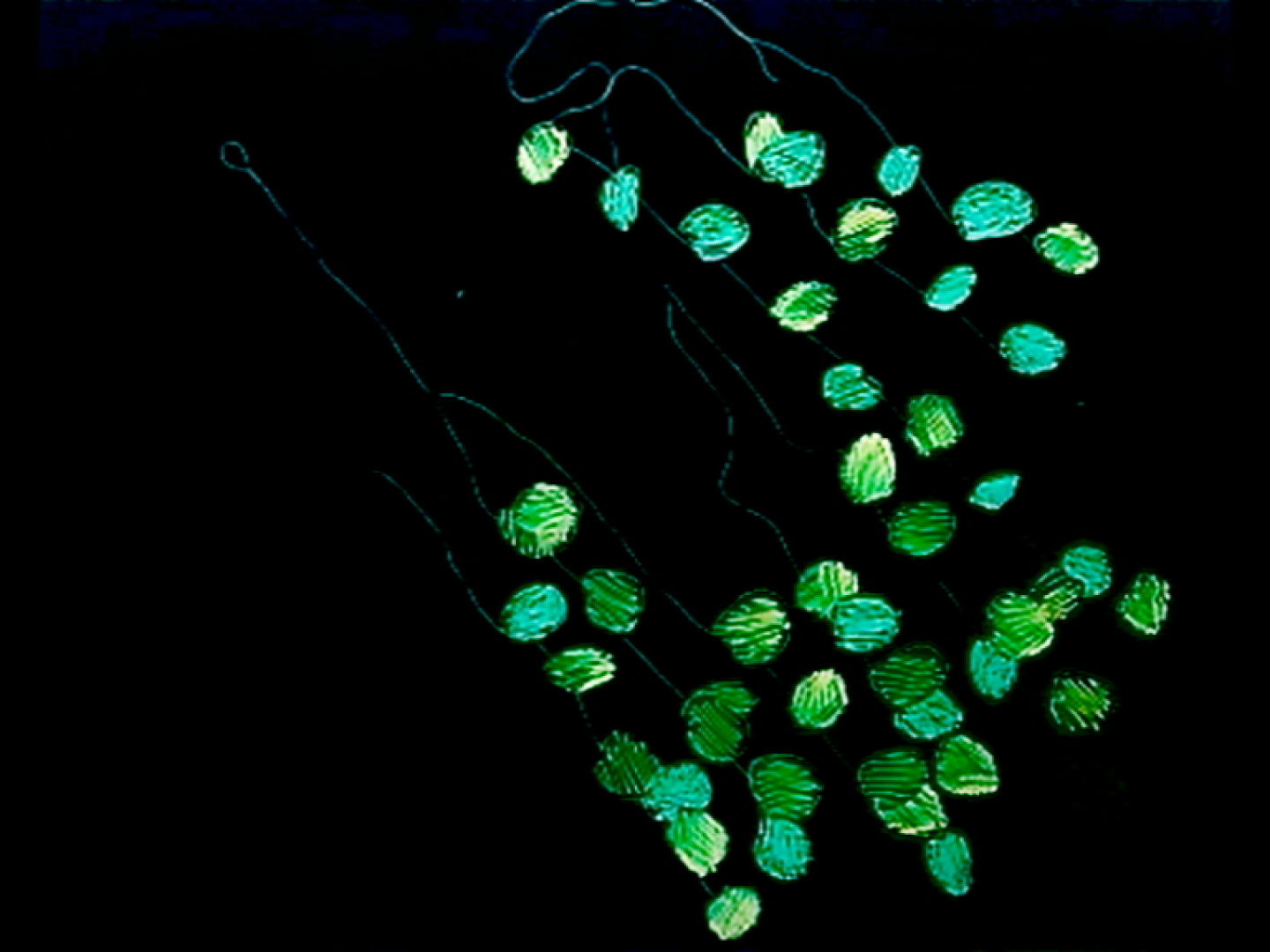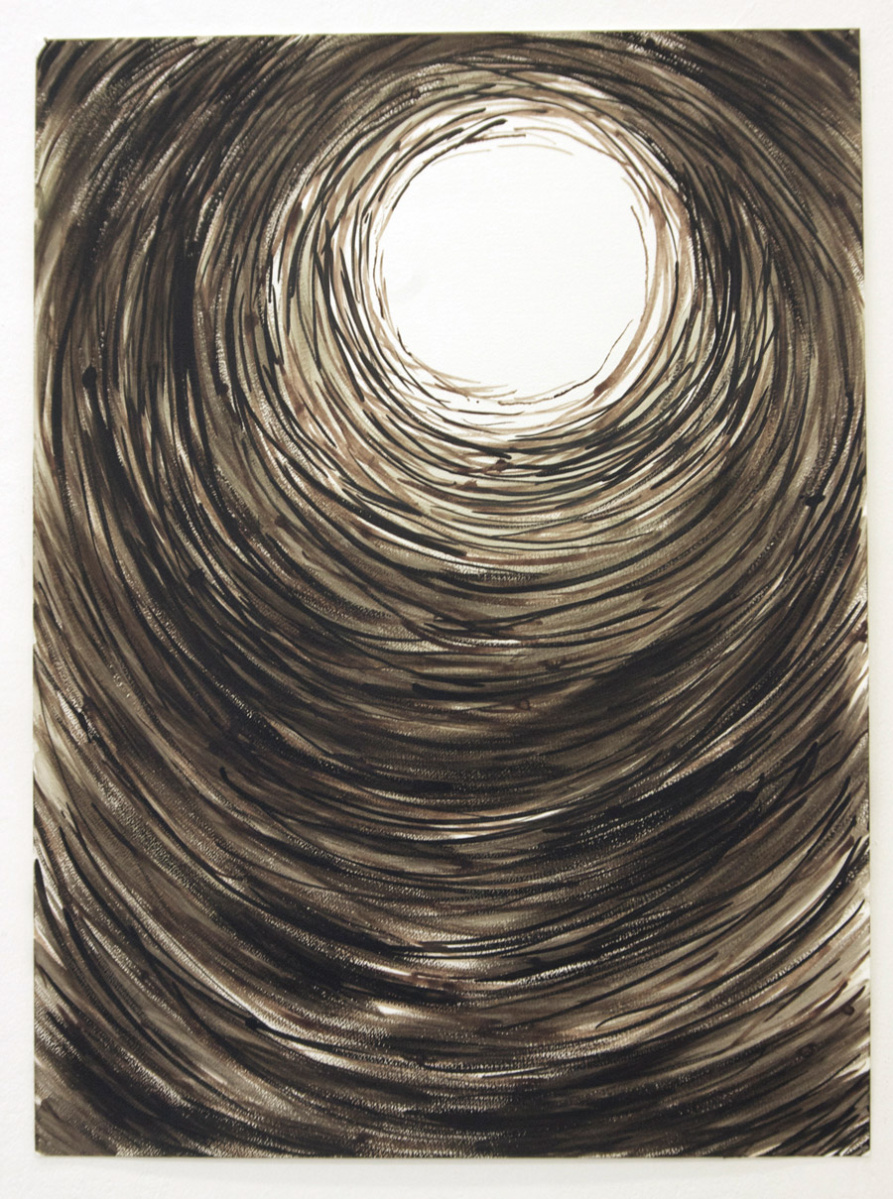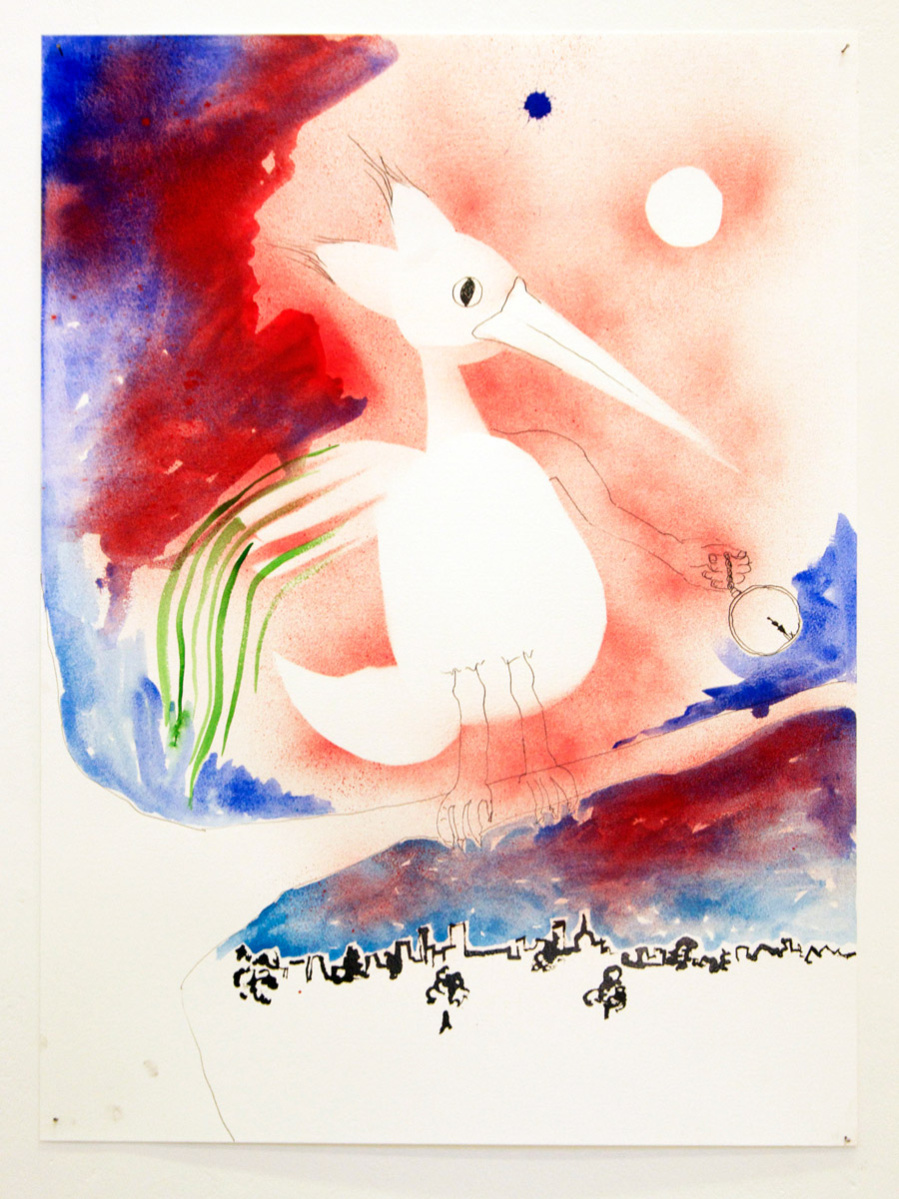Kay Tabernacle
The transformative aim of Hannah Höch’s radical imagination
Imagination is neglected in studies of Hannah Höch. The related ideological and partial interpretation of Höch’s work has resulted in distorted understandings that obscure her aims. Höch theorises imagination as a radical force that can change people’s perception, and in doing so change our social reality. Her writing about her imaginative priorities raises questions of how they are formed in her work. Höch enacts a metaphysical aesthetic theory of imagination that has an intended social effect.
Featured Media
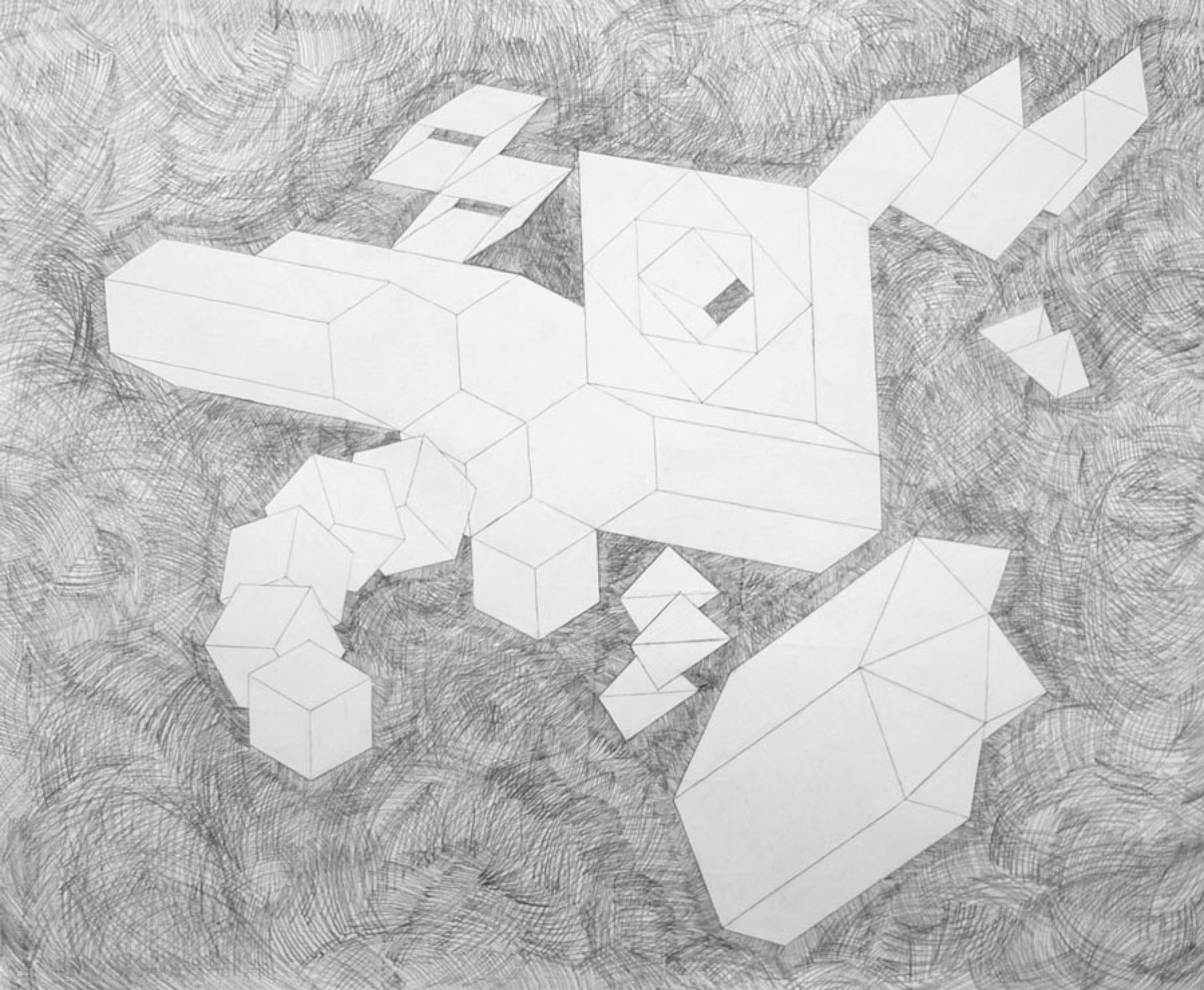
The basis for the effect of a radical imagination is its rootedness in the perception of a subjective reality. In Höch’s work an understanding of reality is shown in her approach to depicting space. Höch’s radical imagination is multisensory, a property that it shares with language because of the inseparable relationship of imagination to language. This multisensorial aspect is seen especially in Höch’s prolific use of word and text and in her synaesthetic sensibility. Höch’s concept of a radical imagination is further informed by psychoanalytic theory. An unconscious form of looking is one aspect of its radicality, together with the spatial and linguistic aspects, and finally the close relationship of imagination to bodily perception, empathy and transformative identification. Because Höch’s conceptualisation of imagination in relation to art’s role in creating change is not narrowly confined to opposition to particular political ideologies, as with propaganda, it remains relevant and has implications for art’s effect today.
My research draws on the ideas of Salomo Friedländer and Freud, as writers contemporaneous to Höch with clear evidence of influence and contextual relevance. It constructs a framework for Höch’s theorisation of a radical imagination through a combination of examining Höch’s work and its theoretical context, her statements and writing about her work, as well as through practical investigations into imagination through my studio practice. As part of my practical investigation into imagination my practice includes exploring different psychic states and their production of mental image, making animated diagrams of imagination and using painting and animation to enact ideas about space, reality, language, the unconscious and the body, as aspects of a radical imagination.
This research project is supervised by Prof. Sharon Morris (Slade), Dr Stephanie Bird (UCL Department of German) and Jo Volley (Slade).
